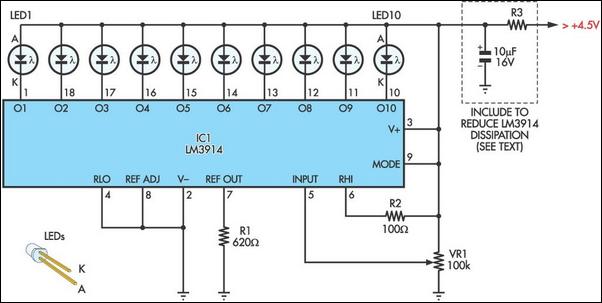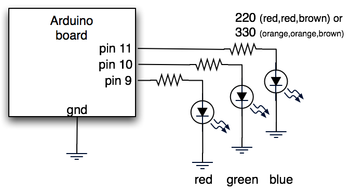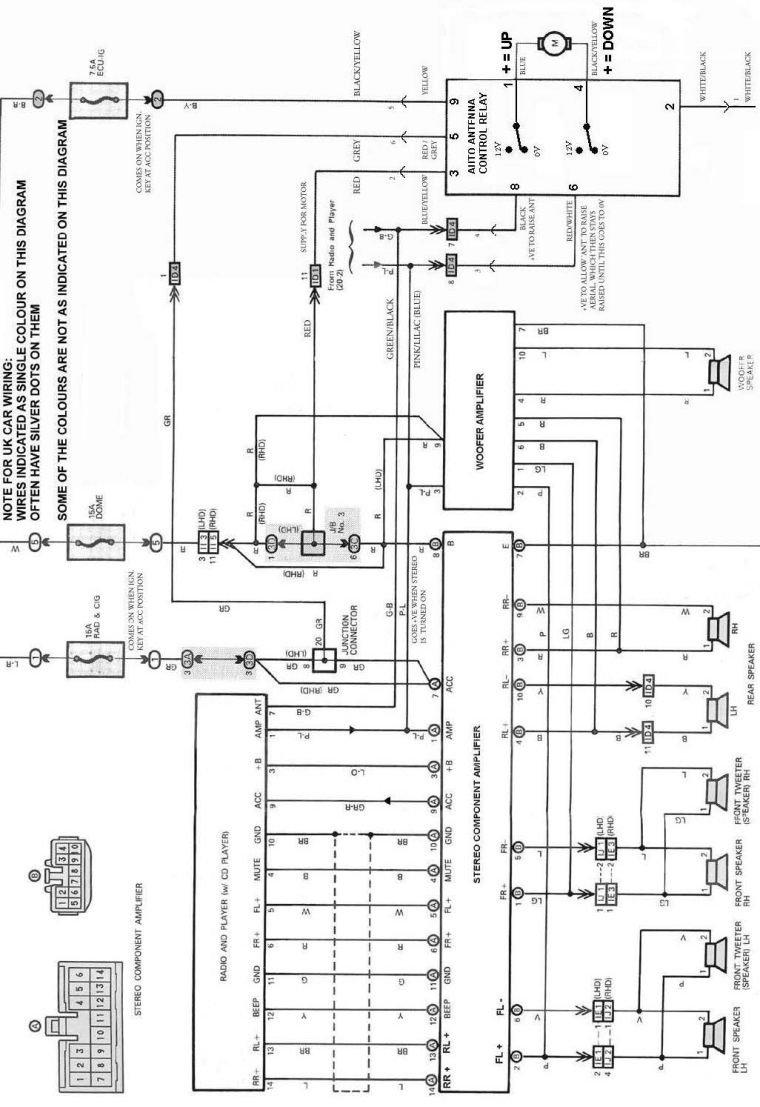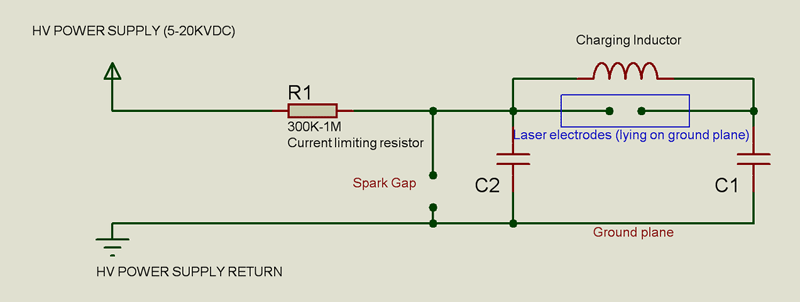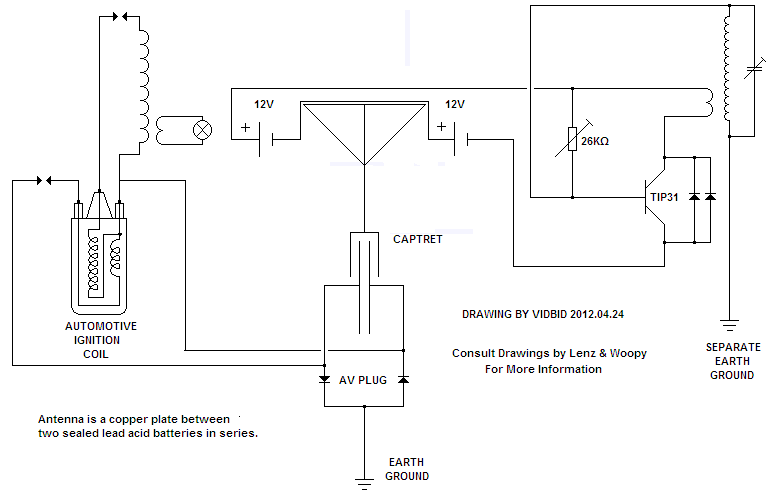
Voyager MkII Page 1

This is one of the smallest and most compact FM transmitters available as a construction project, with the added benefit of being offered as a complete kit of parts. This convenience eliminates the need to source components from multiple suppliers, as no single supplier typically stocks all the required parts. FM transmission is preferred for signal broadcasting due to its resilience against interference from sources such as car engines and electrical appliances. It also provides the greatest range with minimal power consumption. The kit includes a 175 cm (5 ft 9 in) half-wave antenna, conservatively rated to achieve a range of 800 meters (2400 ft) under normal conditions. However, in many jurisdictions, regulations may require the range to be limited to 30 ft (10 meters) by shortening the antenna to 10 inches. It is essential to verify local regulations regarding the use of such devices, as some countries impose outright bans.
To incorporate surface-mount technology into the project lineup, the introduction begins with resistors, which are the most straightforward surface-mount components to identify and install. Other components, such as capacitors and transistors, are significantly smaller and can be challenging to solder manually. Surface-mount capacitors lack markings, making them prone to misidentification if not handled carefully. The primary distinction between through-hole and surface-mount components is size; those with difficulties soldering 1/4 watt resistors will find surface-mount components tenfold more challenging. The diminutive size of surface-mount items necessitates keen eyesight to read component values and dexterous fingers for handling them. Despite these challenges, surface-mount technology is prevalent in modern designs, with many electronic devices, including cameras, watches, toys, and computers, benefiting from the miniaturization afforded by smaller components.
Implementing surface-mount technology on a large scale is straightforward since components are available in bulk on reels or in tubes. However, for individual projects, sourcing single surface-mount components can be problematic, as suppliers often sell them in lots of 10 or 100, with standard purchases typically involving reels containing 1,000 to 5,000 pieces. Some components, such as coils, are not available in surface-mount formats, and converting everything to surface mount does not provide significant advantages, particularly since battery size cannot be reduced without compromising operational hours. The main challenge with surface-mount components lies in their placement on printed circuit boards (PCBs) and securing them during soldering. Various aids exist to facilitate this process, such as solder pastes, creams, silicon, and infrared setting glues; however, these often come in syringes and can be cost-prohibitive for simple projects.
Reflow soldering is advantageous as it requires only two hands, while traditional soldering can necessitate three: one to hold the component, one for the soldering iron, and one for the solder. If assistance is available, traditional soldering techniques can be employed. Reflow soldering involves simultaneously heating the solder on the PCB and the end of the resistor to ensure a reliable connection. This process is elaborated upon in the soldering section of the project documentation. The electret microphone utilized in the circuit incorporates a FET transistor and can be considered a separate stage. It operates by detecting audio as air vibrations enter through its aperture, causing a diaphragm—typically made from a thin, metallized plastic like Mylar—to move. This diaphragm is pre-charged with electrical charges during manufacturing, and it is positioned adjacent to a metal plate containing multiple holes for optimal audio capture.This is one of the smallest and neatest FM transmitters to be presented as a construction project and it has the advantage of being available as a complete kit of parts. This will save going to a number of suppliers as no single supplier has all the necessary components.
FM transmission is the best mode for transmitting a signal as it does not suf fer from interference such as electrical noise from car engines or electrical appliances etc. It also achieves the greatest range with the least power. With a 175cm (5ft 9in) (half-wave antenna) supplied in the kit, the range has been conservatively rated as 800 metres (2400ft) under normal working conditions. In many countries you must reduce the maximum range to 30ft (10metres) by cutting the antenna to 10 inches.
If this is the case, you must abide by it. Some countries totally ban these brilliant devices. You need to find out the situation in your own locality. To introduce surface-mount technology to our range of projects, we have started with resistors. These are the easiest of the surface-mount components to identify and fit. Some of the other components such as capacitors and transistors are so small they are almost impossible to solder by hand and surface-mount capacitors are not marked in any way so they become easily mixed up if you are not very careful. The major difference is size and if you are having trouble soldering 1/4 watt resistors, you will have ten times more difficulty with surface mount.
SM items are so small it takes the keenest eyesight to read the figures on the component and the nimblest of fingers to pick them up and place them. Nevertheless surface mount has arrived and is here to stay. Most modern designs already include surface mount components and many are already entirely surface mount.
Take pocket cameras, watches, pendant transmitters, toys, video recorders, video cameras and computers for example. Their miniaturisation has been almost entirely due to using smaller componentry. Surface mount is very easy to implement on a large scale as the components are available in large quantities on reels or in tubes but when it comes to a one-off project, things are different.
Few suppliers sell individual surface-mount components and some sell them in lots of 10 or 100. The normal purchase for surface-mount is on a reel of 1, 000 to 5, 000 pieces. Some of the other components are not available in surface-mount (such as the coil) and there is no real advantage in converting everything to surface mount as the battery cannot be reduced in size without reducing the number of hours of operation. The main difficulty with surface mount is placing them on the printed circuit board and holding them in place while soldering.
There are a number of aids to help you do this, such as solder pastes and solder creams, silicon and infra-red setting glues but most of these come in syringes and cost as much as $20 for a 1oz (30gm) tube. For a simple project, this additional cost is out of the question. Re-flow soldering only requires two hands. Normal soldering requires three hands - one to hold the component in place, one to hold the soldering iron and one to hold the solder.
If you have three hands available, (such as the help of an assistant), you can use the normal soldering method. Basically re-flow soldering consists of heating up the solder on the board AND THE END OF THE RESISTOR AT THE SAME TIME so that the resistor makes a perfect connection to the board.
This is discussed fully in the soldering section. The electret microphone contains a FET transistor and can be counted as a stage, if you wish. The microphone detects audio in the form of air vibrations that enter the hole (at the end of the mic) and move the diaphragm. This diaphragm is a thin piece of metallised plastic such as mylar and is charged with electrical charges during manufacture.
Next to this is a metal plate containing a number of holes so 🔗 External reference
To incorporate surface-mount technology into the project lineup, the introduction begins with resistors, which are the most straightforward surface-mount components to identify and install. Other components, such as capacitors and transistors, are significantly smaller and can be challenging to solder manually. Surface-mount capacitors lack markings, making them prone to misidentification if not handled carefully. The primary distinction between through-hole and surface-mount components is size; those with difficulties soldering 1/4 watt resistors will find surface-mount components tenfold more challenging. The diminutive size of surface-mount items necessitates keen eyesight to read component values and dexterous fingers for handling them. Despite these challenges, surface-mount technology is prevalent in modern designs, with many electronic devices, including cameras, watches, toys, and computers, benefiting from the miniaturization afforded by smaller components.
Implementing surface-mount technology on a large scale is straightforward since components are available in bulk on reels or in tubes. However, for individual projects, sourcing single surface-mount components can be problematic, as suppliers often sell them in lots of 10 or 100, with standard purchases typically involving reels containing 1,000 to 5,000 pieces. Some components, such as coils, are not available in surface-mount formats, and converting everything to surface mount does not provide significant advantages, particularly since battery size cannot be reduced without compromising operational hours. The main challenge with surface-mount components lies in their placement on printed circuit boards (PCBs) and securing them during soldering. Various aids exist to facilitate this process, such as solder pastes, creams, silicon, and infrared setting glues; however, these often come in syringes and can be cost-prohibitive for simple projects.
Reflow soldering is advantageous as it requires only two hands, while traditional soldering can necessitate three: one to hold the component, one for the soldering iron, and one for the solder. If assistance is available, traditional soldering techniques can be employed. Reflow soldering involves simultaneously heating the solder on the PCB and the end of the resistor to ensure a reliable connection. This process is elaborated upon in the soldering section of the project documentation. The electret microphone utilized in the circuit incorporates a FET transistor and can be considered a separate stage. It operates by detecting audio as air vibrations enter through its aperture, causing a diaphragm—typically made from a thin, metallized plastic like Mylar—to move. This diaphragm is pre-charged with electrical charges during manufacturing, and it is positioned adjacent to a metal plate containing multiple holes for optimal audio capture.This is one of the smallest and neatest FM transmitters to be presented as a construction project and it has the advantage of being available as a complete kit of parts. This will save going to a number of suppliers as no single supplier has all the necessary components.
FM transmission is the best mode for transmitting a signal as it does not suf fer from interference such as electrical noise from car engines or electrical appliances etc. It also achieves the greatest range with the least power. With a 175cm (5ft 9in) (half-wave antenna) supplied in the kit, the range has been conservatively rated as 800 metres (2400ft) under normal working conditions. In many countries you must reduce the maximum range to 30ft (10metres) by cutting the antenna to 10 inches.
If this is the case, you must abide by it. Some countries totally ban these brilliant devices. You need to find out the situation in your own locality. To introduce surface-mount technology to our range of projects, we have started with resistors. These are the easiest of the surface-mount components to identify and fit. Some of the other components such as capacitors and transistors are so small they are almost impossible to solder by hand and surface-mount capacitors are not marked in any way so they become easily mixed up if you are not very careful. The major difference is size and if you are having trouble soldering 1/4 watt resistors, you will have ten times more difficulty with surface mount.
SM items are so small it takes the keenest eyesight to read the figures on the component and the nimblest of fingers to pick them up and place them. Nevertheless surface mount has arrived and is here to stay. Most modern designs already include surface mount components and many are already entirely surface mount.
Take pocket cameras, watches, pendant transmitters, toys, video recorders, video cameras and computers for example. Their miniaturisation has been almost entirely due to using smaller componentry. Surface mount is very easy to implement on a large scale as the components are available in large quantities on reels or in tubes but when it comes to a one-off project, things are different.
Few suppliers sell individual surface-mount components and some sell them in lots of 10 or 100. The normal purchase for surface-mount is on a reel of 1, 000 to 5, 000 pieces. Some of the other components are not available in surface-mount (such as the coil) and there is no real advantage in converting everything to surface mount as the battery cannot be reduced in size without reducing the number of hours of operation. The main difficulty with surface mount is placing them on the printed circuit board and holding them in place while soldering.
There are a number of aids to help you do this, such as solder pastes and solder creams, silicon and infra-red setting glues but most of these come in syringes and cost as much as $20 for a 1oz (30gm) tube. For a simple project, this additional cost is out of the question. Re-flow soldering only requires two hands. Normal soldering requires three hands - one to hold the component in place, one to hold the soldering iron and one to hold the solder.
If you have three hands available, (such as the help of an assistant), you can use the normal soldering method. Basically re-flow soldering consists of heating up the solder on the board AND THE END OF THE RESISTOR AT THE SAME TIME so that the resistor makes a perfect connection to the board.
This is discussed fully in the soldering section. The electret microphone contains a FET transistor and can be counted as a stage, if you wish. The microphone detects audio in the form of air vibrations that enter the hole (at the end of the mic) and move the diaphragm. This diaphragm is a thin piece of metallised plastic such as mylar and is charged with electrical charges during manufacture.
Next to this is a metal plate containing a number of holes so 🔗 External reference
